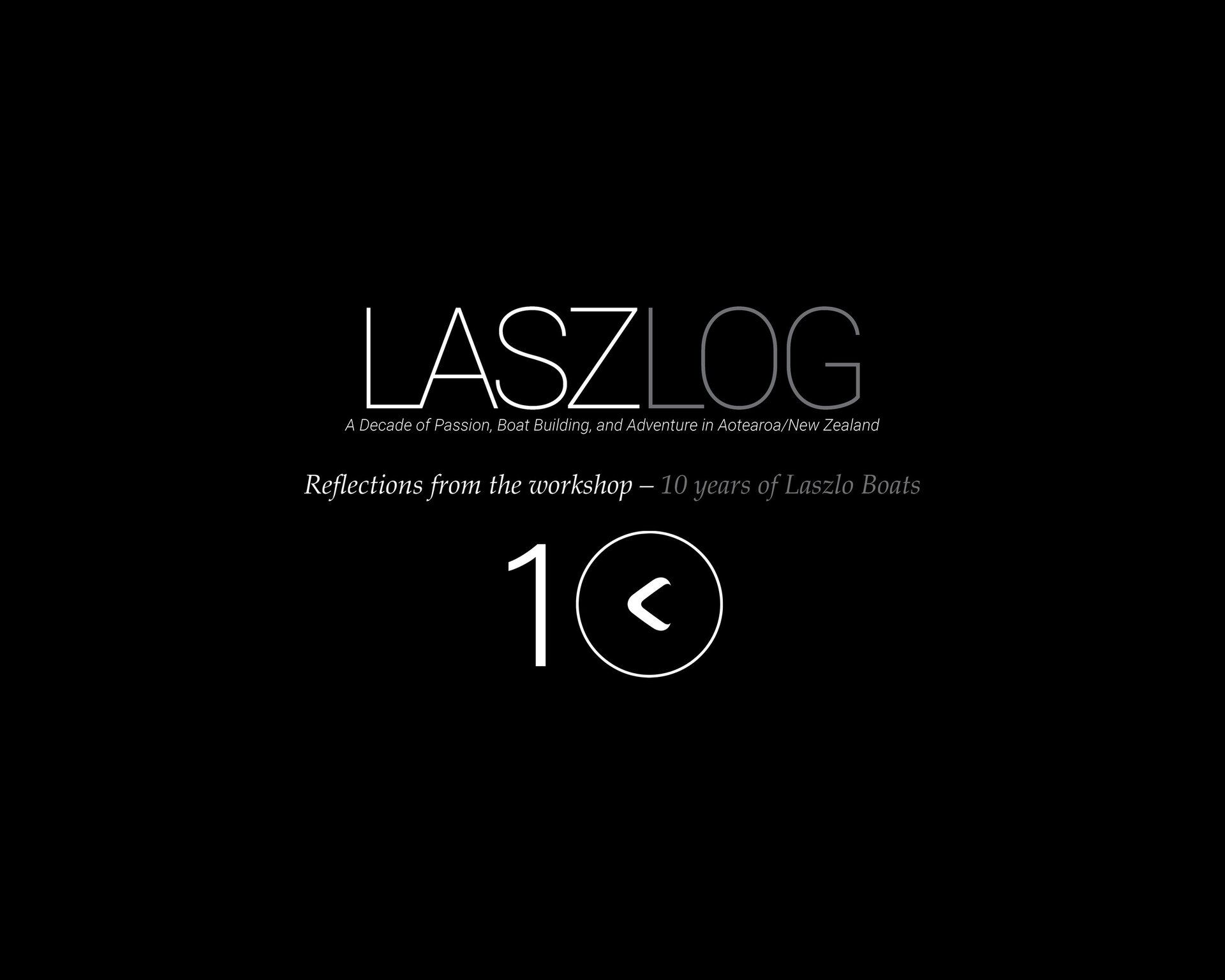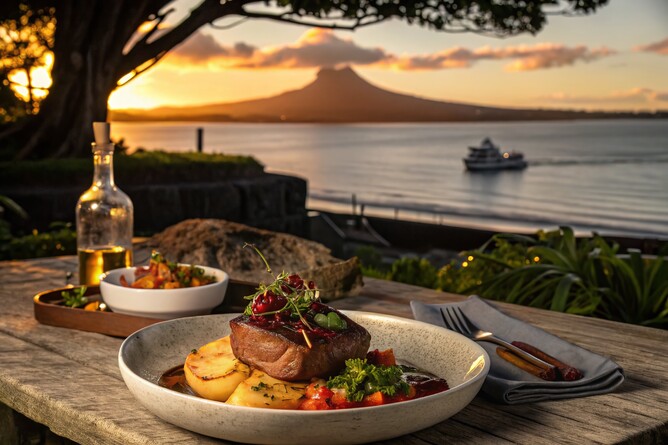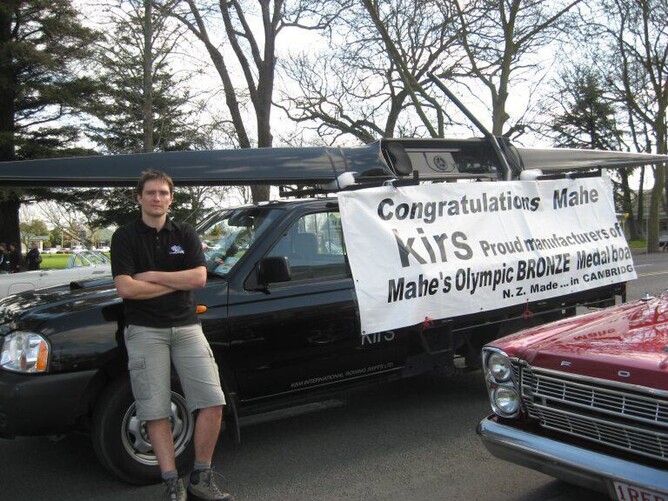A question we’re still constantly asked—with emphasis on the curse.
Let’s take you back to our experience with Kiwi International Rowing Skiffs (KIRS)—and everything we built from there.
Two Suitcases, A Fish & Chip Shop, and a Dream
We arrived in New Zealand in 2006 with two suitcases, no safety net—no umbilical cord of family to catch us if we fell—and no idea what life had in store. We landed in Auckland and, like all great New Zealand beginnings, found ourselves working in a fish and chip shop. Two days in, they left us in charge of the entire place.
Lesson #1 in New Zealand: The fastest way to learn is to jump in at the deep end.
I ran the cash register and cooked fish and chips, while Lez handled the kebabs and burgers. The highlight? Spending so much time together in a tiny shop overlooking Rangitoto Island—Auckland’s youngest and largest volcano, formed about 600 years ago. That, and our very strategic bartering system: generously portioned chips in exchange for generously portioned ice cream from the local ice cream guys. Win-win.
We served plenty of sailors—sunburned, wind-whipped, and hungry after long days at sea—while dreaming of our own adventures. We had one goal: get experience in a small boatbuilding workshop, then land a job at New Zealand’s most iconic rowing skiff manufacturer—KIRS.
But here’s the thing about starting from zero: nobody owes you a shortcut.
The smaller shops in Auckland weren’t exactly rolling out the red carpet for us. And when I say “weren’t exactly rolling out the red carpet,” I mean they ignored us completely. It was disheartening. If these small shops wouldn’t even give us the time of day, what chance did we have with one of the best rowing skiff manufacturers in the world?
Eventually, we gathered our courage and emailed KIRS directly. A simple, honest introduction. And when I say “we,” I mean Lez, of course. I had zero intention of going into boatbuilding (little did I know…). This was Lez’s dream, and working for this legendary Kiwi boatbuilder was the ultimate goal.
The Interview THAT CHANGED EVERYTHING.
At the time, we knew KIRS boats were among the fastest in the world—claiming Olympic and World Championship medals, setting world-best times, and carrying some of the best athletes in the sport!
So, we sent an email explaining that:
✔ Lez didn’t speak English (he studied German at school).
✔ He didn’t have a “rowing skiff builder” qualification (because such a thing doesn’t exist in Hungary).
✔ But he was a qualified toolmaker, with four years of high-performance sprint kayak building experience—and years of boatmanship working on wooden boats at our rowing club.
We got the interview.
There was just one small problem: we didn’t have a car.
Enter our landlords—bless you, Marica and Gordon ❤️—who kindly offered to drive us to Cambridge, thinking, We’ll just have a browse through the antique shops while you talk to the boss man.
Lez, being naturally shy, would have downplayed his skills and passion for boatbuilding if left to his own devices. Fortunately, I was his translator. And let’s just say—only Sir Peter Blake himself could have snatched that job from him. (Maybe. 😊)
The Start of Something Big
The interview got him through the door, but in the end, Lez’s skills did the real, bullshit-free talking.
By the end of his first week, Bob told us to start organizing the paperwork for a long-term stay. His only request?
"If I sort out your long-term papers, you stick with the company for at least two years."
Fair deal.
And That, Kids, Is How Our Boatbuilding Destiny Began in Aotearoa.
Lez kept his promise—and then some. He stayed loyal to KIRS from 2006 until October 2015, eventually becoming their chief boatbuilder.
What happened next? How did we transition from KIRS to Laszlo Boats?
Stay tuned for handy tips on building KIRS boats—and then placing your life on the roulette table.
We’re here for the rigging and grinning – The Laszloz







